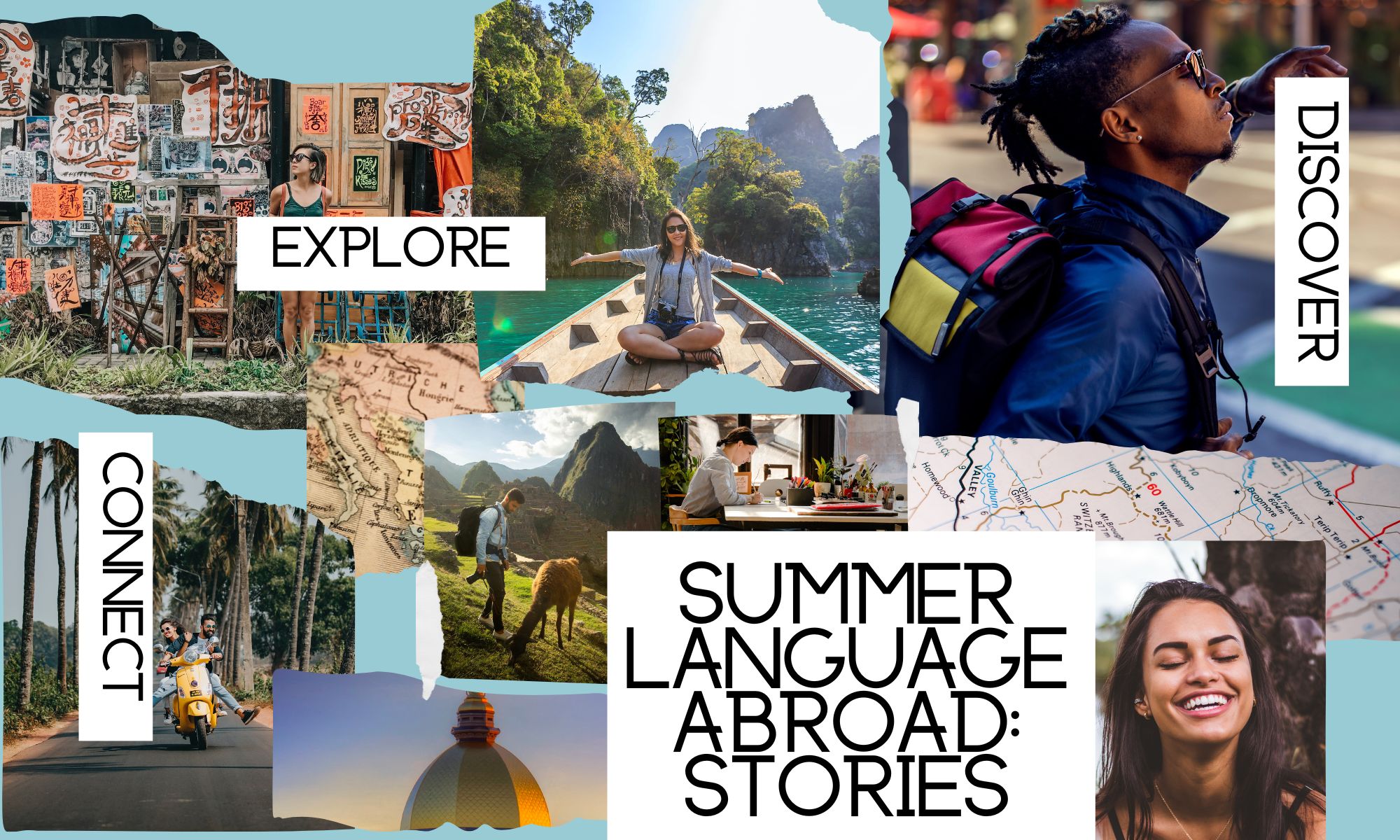
When I first arrived in Georgia, I noticed how much more family oriented the Georgian people were compared to Americans. I lived in an eight person apartment with one bathroom and three bedrooms, and the family structure was very cohesive, all centered around the head of the household (My host Babushka). As the metrics show, Georgia tends to exhibit less individualism and more uncertainty avoidance than the US, and my experience firsthand revealed it to me. There is little culture of independence and moving out of the house upon reaching adulthood. Job stability and simply working to earn a paycheck to live rather than trying to become a 1%er was much more the norm among the populace from what I gleaned, especially compared to Notre Dame students aiming for wall street. Perhaps because Georgia is such a small and relatively homogenous country, there is also a much stronger sense of community in shared values, national history and ethnography. Since the inception of the US individualism as been one of our most cherished national values, and compared to Georgia I believe we tend to exhibit much more individualistic qualities in terms of acquisition of wealth, family, and more. This goes hand in hand with uncertainty avoidance as Americans are in general much bigger risk takers as individual actors, whereas in Georgia preserving old customs through social cohesion and strong communal families seems to be more normal.
I will say there was a sense of yearning among the youth that tended to be more progressive and Europe-oriented for moving to bigger cities and finding prestigious careers, and in this sense it was more western and individualistic. I wish I was thinking more about these cultural dimensions when I was in Georgia, but I think they have their limitations. Applying numbers to culture seems to me like a very mathematical way of viewing the world, and while useful and insightful I do not think everything can necessarily be measured or “metriczised”. The generalized information definitely led to me making some stereotype, but as I said it is important to understand the limitations of the model and my own capabilities of judgement. I think moving forward whenever I find myself in a new place I will try to better understand how my behaviors and values as an American differs and what that means for how our cultures are distinct.

